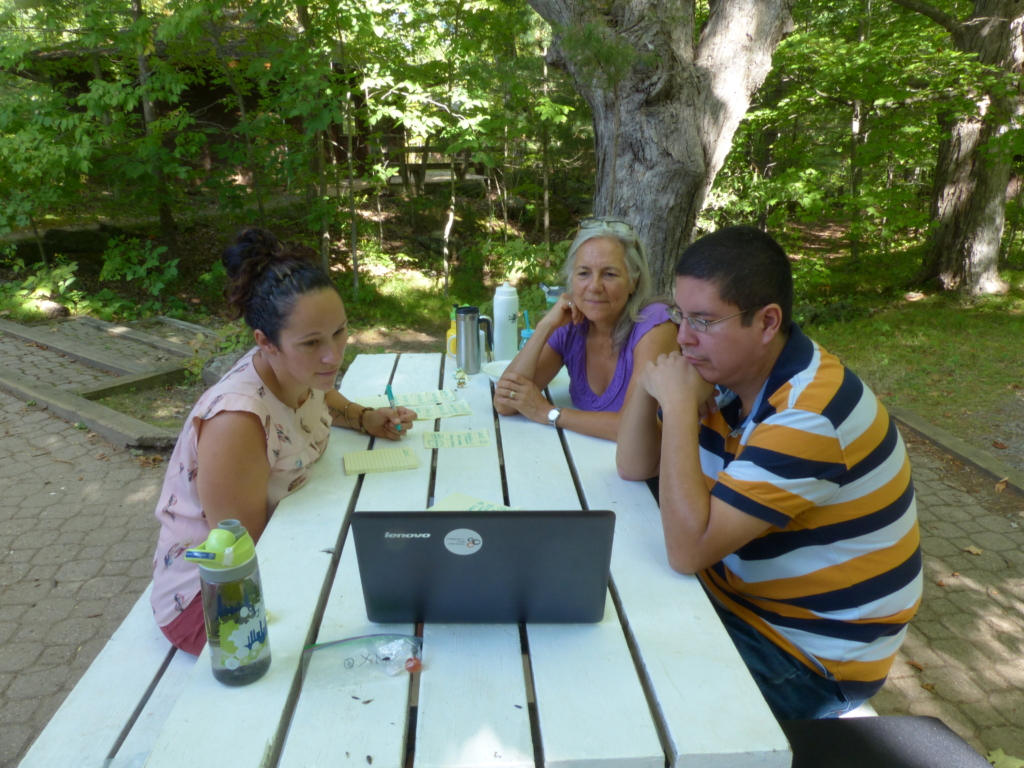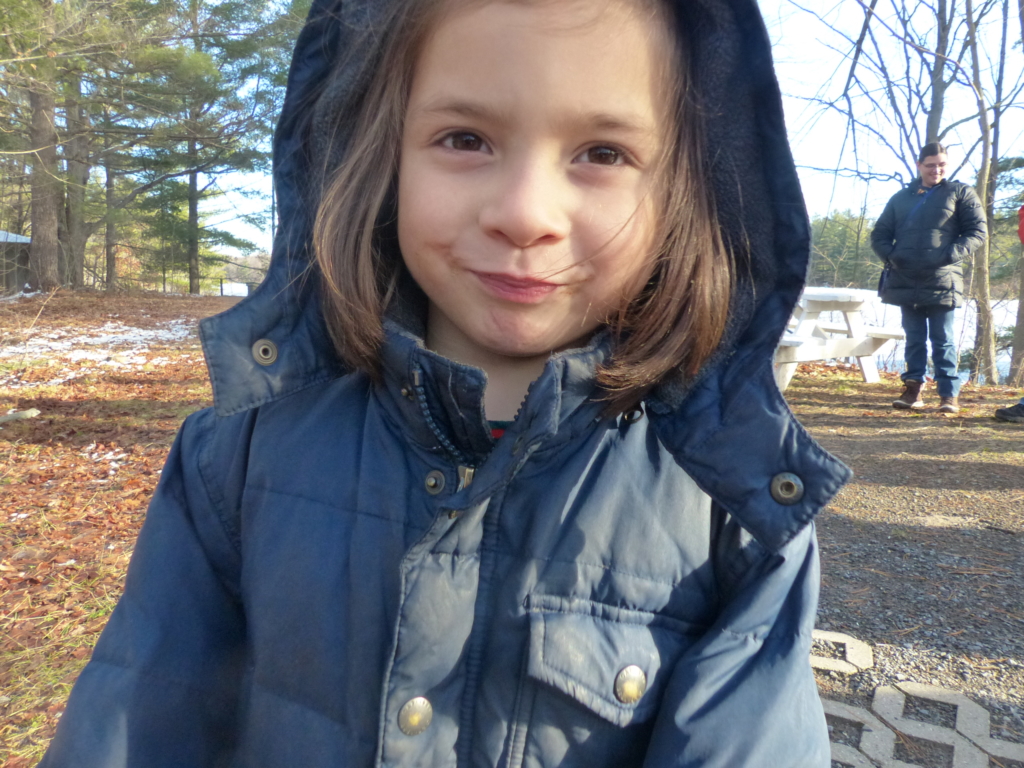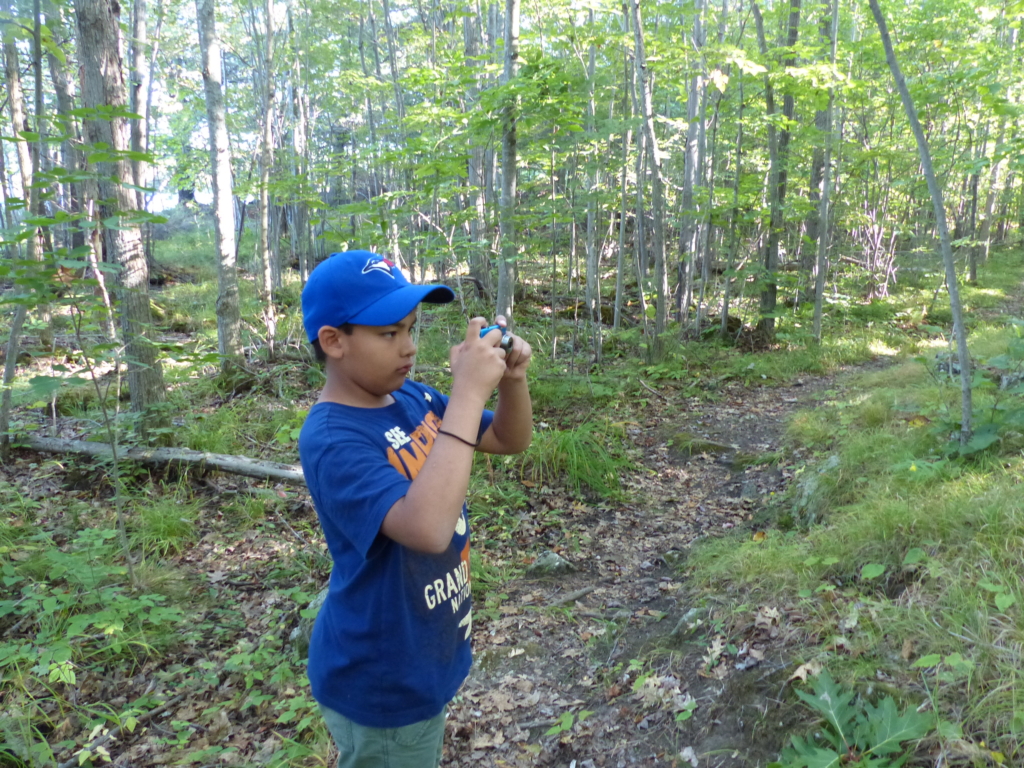About the Project
Dibajimowin: Urban Indigenous Languages Revitalization Project
The Kingston Indigenous Languages Nest (KILN) invites you to engage in language revitalization with Dibajimowin: Urban Indigenous Languages Revitalization Project. This project is a collaboration between the KILN and Emmanuelle Pantin and Jennifer LaFontaine of Community Story Strategies. Community Story Strategies has developed a model of digital storytelling as a community-building tool that integrates self-representation, education, advocacy and collective engagement. Integrating media arts and community organizing, Community Story Strategies helps groups make and share personal stories that send a powerful message for social change.
The centerpiece of this website are thirty digital stories about culture and language made by adults, youth and children in Kingston since 2016 with Community Story Strategies. A digital story is a two to five minute multi-media narrative that uses photos, video clips, art, and sound to share a personal life story. Indigenous knowledge connects digital stories are to the domain of Dbaimowin, or stories about personal understandings and experiences, and each story provides valuable teachings.
In our digital storytelling workshops, we began with an oral storytelling circle. Listening to each other’s stories helped participants find strength in shared experiences as well as learn and make connections across differences. Participants wrote a concise script and with facilitator support, each participant found the essence of their particular story. Each person recorded their story in their own voice. Then, like a director, they created a storyboard by planning the visual and audio elements. Participants learned how to use the video-editing software no matter what their levels of literacy, language proficiency and comfort with technology were. They worked on their videos individually and receive support and feedback from facilitators and peers. Everyone was invested in the importance of each other’s story and the significance of the stories as a collection about Indigenous language and culture.

In Dibajimowin, each personal story shares insights into the barriers to language learning and cultural connection as well as the many ways we are resilient and relentless. Decolonization requires that we regenerate Indigenous knowledge, ways of knowing and living day-to-day. We have used digital storytelling as a way to decolonize our personal narratives and engage in language revitalization.
The digital story collection was screened at a variety of community events, and enthusiasm for the project began to grow. The project supported absolute beginners to fluent speakers to share in Anishnaabemowin, Mohawk, Cree, Mi’kmaq and more as a way to extend their language learning through storytelling. We believed that the digital stories could inspire language learning on a larger scale.
Meeting each season at Elbow Lake Environmental Education Centre, language nest members joined Community Story Strategies to make a collection of language learning resources connected to the digital stories. We pulled out key themes from each story, and explored how the story could support further language and cultural learning. We created vocabulary lessons, creative activities and cultural teachings. We drew on our own knowledge, and modelled the kinds of learning that takes place in our language nest programs, our intermediate language circles and our own kitchen tables as we scour the internet looking for ways to keep learning language. We involved our children in the creation of the videos, engaging them in language learning as they jumped off docks, climbed trees and brushed teeth. After each content creation session with language nest members, Community Story Strategies created language and culture videos from the footage. We worked to create a website that is easy to navigate and highlights both the language activities and the digital stories. In our resources section, we also include ways to share the resources in a variety of settings. In this process, we involved our fluent speakers, our intermediate speakers, and our beginning speakers. We encouraged everyone to be a leader. We may not all be perfect speakers, but we are sharing what we know and encouraging each other to speak up and be proud of our language learning efforts. We have sorted the stories in different ways: by digital story, by language and by cultural teachings. Explore and Enjoy!

Listening to each other’s stories helped participants find strength in shared experiences as well as learn and make connections across differences.

Miigwetch, Nia:wen and Wallallan!
To the Kingston Indigneous Languages Nest members and supporters for their contributions to Dibajimowin:
Armand
Ayden
Bond
Bronwyn
Carol Ann
Clarice
Cody
Colleen
Daniel
Deb
Dorena
Emery
Erica
Fran
Frank
Jackamo
James
Janza
Jennifer
Judi
Jurnee
Justin
Kate
Laura
Laurel
Lindsay
Matthew
Michelle
Mireille
Mishikenh
Nessia
Asinikwe
Paul
Paulette
Rick
Ruby
Sandra
Shannon
TJ
Travis
To the creative team:
Emmy, Jennifer, Philip, Lorena, Daniel, Liz
